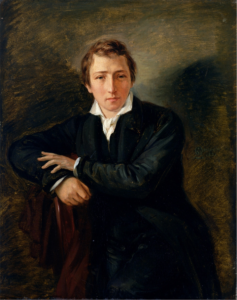The town
(Poet's title: Die Stadt)
Set by Schubert:
D 957/11
[August 1828]
Part of 13 Lieder nach Gedichten von Rellstab und Heine (“Schwanengesang”), D 957
Am fernen Horizonte
Erscheint, wie ein Nebelbild,
Die Stadt mit ihren Türmen,
In Abenddämmrung gehüllt.
Ein feuchter Windzug kräuselt
Die graue Wasserbahn;
Mit traurigem Takte rudert
Der Schiffer in meinem Kahn.
Die Sonne hebt sich noch einmal
Leuchtend vom Boden empor
Und zeigt mir jene Stelle,
Wo ich das Liebste verlor.
On the distant horizon
There appears, as a hazy image,
The town with its towers
Shrouded in evening twilight.
A damp current of wind ruffles
The grey watery track;
Rowing with a mournful rhythm is
The sailor in my boat.
The sun lifts itself up once again
Casting light from the ground upwards,
And it shows me that spot
Where I lost what I most love.
All translations into English that appear on this website, unless otherwise stated, are by Malcolm Wren. You are free to use them on condition that you acknowledge Malcolm Wren as the translator and schubertsong.uk as the source. Unless otherwise stated, the comments and essays that appear after the texts and translations are by Malcolm Wren and are © Copyright.
☙
Themes and images in this text:
Boats Castles and towers Evening and the setting sun Grey Lost and found Mist and fog Morning and morning songs Near and far On the water – rowing and sailing Towns Wind
It is all ‘wie ein Nebelbild’ – like a hazy image, or as if it is a vision in the mist. At the same time, it is acutely vivid and immediate. It is both hovering in the distance and sharply distinct here and now. It is most like a dream. It shares with the dreamworld the remarkable combination of vagueness and detail.
We do not need to be told which town it is. The speaker knows that all too well, and we as outsiders can never experience that place in the same way as the poet. Strangely, though, this lack of precision does not distance us from the experience being shared here. We are free to picture specific places that we know and where we have suffered.
The boat and the ‘grey watery track’ (die graue Wasserbahn) float on a spectrum from the literal to the symbolic. It could be Heinrich Heine being rowed across the River Elbe in Hamburg (where he had been living just before he wrote the text), but it could be any of us being ferried across the River Styx towards the Underworld. We could be on a canal rather than a river, on a gondola in Venice perhaps (like Aschenbach in ‘Death in Venice‘ or like the loner in Mayrhofer’s ‘Der Gondelfahrer‘, Schubert’s D 808). It could be Amsterdam or Bruges (as in Korngold’s ‘Die tote Stadt‘). The towers do not need to be defensive structures. They could have been the newly erected chimneys in the industrial cities of England (also threaded with canals) such as Birmingham or Manchester. There again, they could be church towers or minarets (as in the escapist fantasies of students punting with the ‘dreaming spires’ of Oxford in the distance, or poets imagining ‘sailing to Byzantium’ or exploring Xanadu). If we are in a vivid dream there is a chance that it can be all of these places at the same time. Vague AND precise.
It is the same with whatever it is that he has lost. Whatever or whoever was dearest to him was lost to him at a particular place (and time we assume). In the context of Schubert’s Heine settings it is tempting to associate this loss with that in Ihr Bild (‘Und ach, ich kann es nicht glauben / Dass ich Dich verloren hab’) or the doomed passion of Der Doppelgänger, but we need to remember that the poet might here be lamenting something more abstract. Perhaps some dream or fantasy was shattered, perhaps there was a loss of hope or faith. By keeping whatever it was indistinct (‘shrouded in evening twilight’) the poet allows readers to make a connection with something very specific and unique in their own experience.
☙
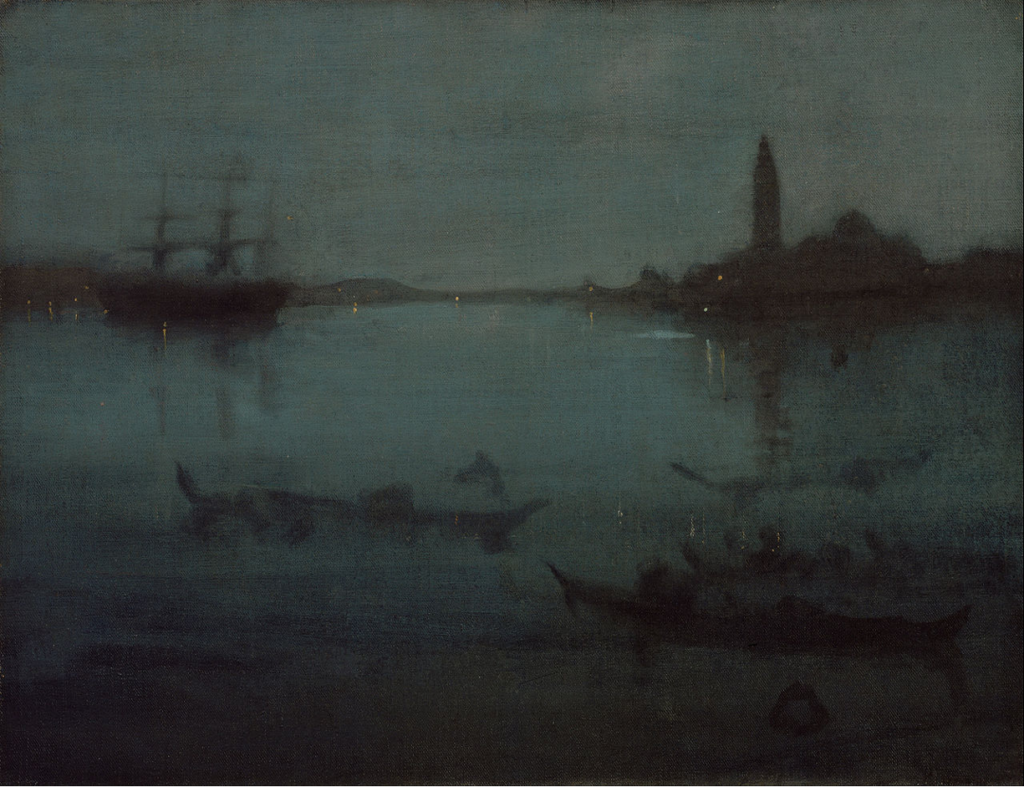
Museum of Fine Arts Boston
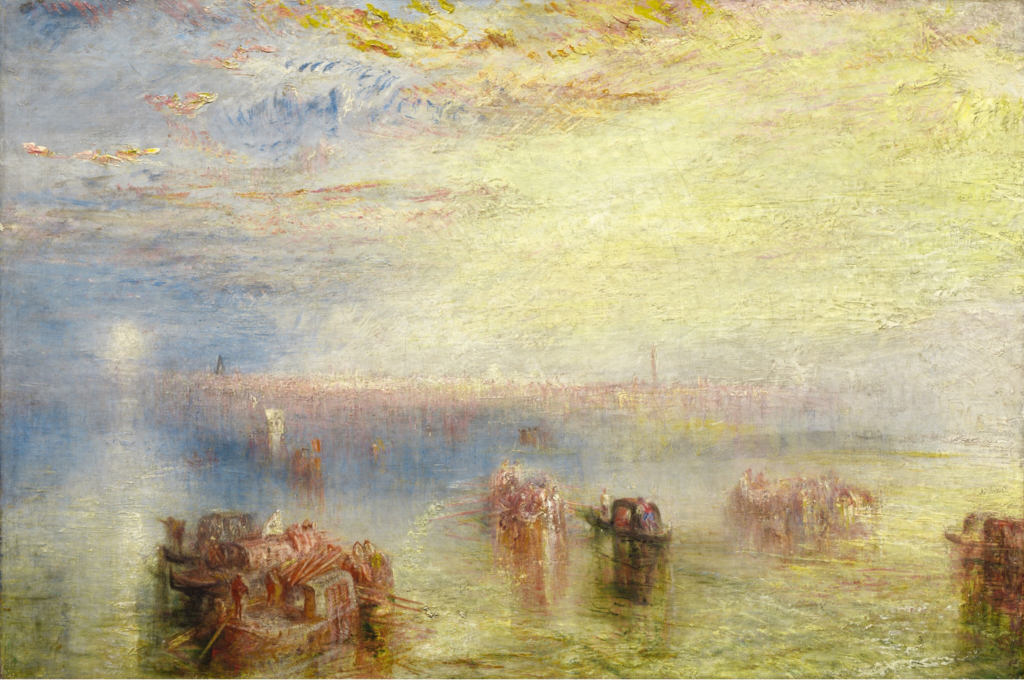
National Gallery of Art, Washington DC
https://www.nga.gov/collection/art-object-page.117.html
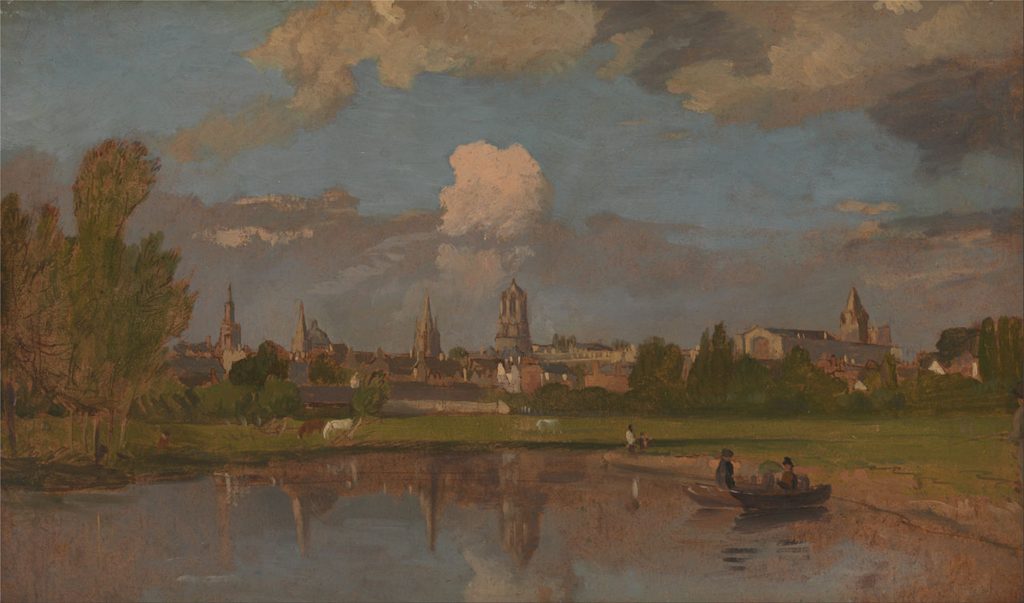
Yale Center for British Art
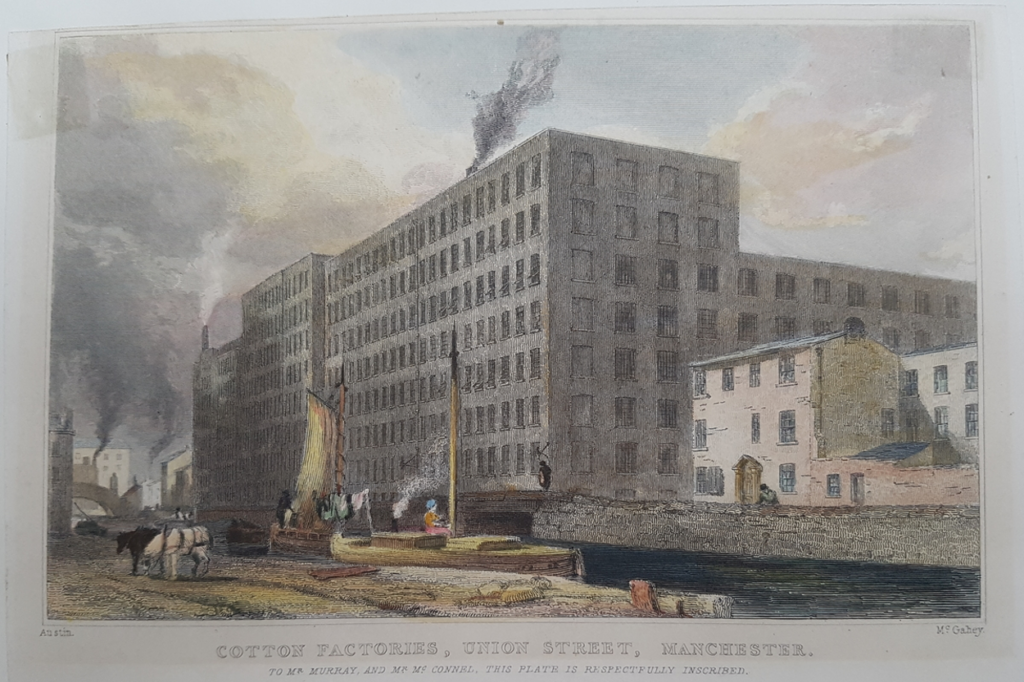
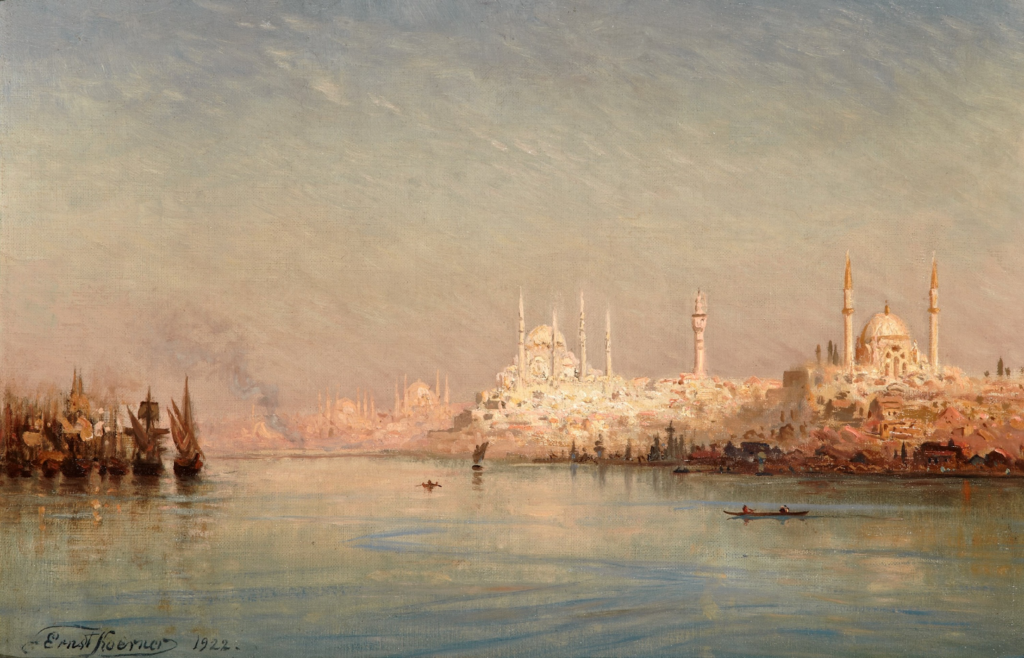
https://www.sphinxfineart.com/inventory-detail-page/832181/0/on-the-golden-horn-before-the-sulemaniye
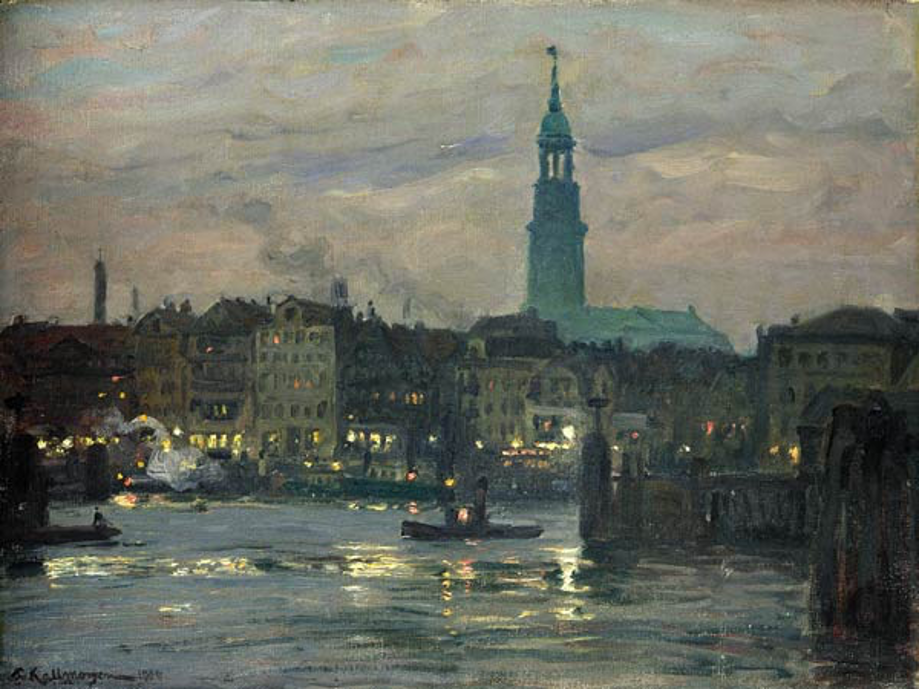
Hamburger Kunsthalle
Original Spelling Die Stadt Am fernen Horizonte Erscheint, wie ein Nebelbild, Die Stadt mit ihren Thürmen, In Abenddämmrung gehüllt. Ein feuchter Windzug kräuselt Die graue Wasserbahn; Mit traurigem Tacte rudert Der Schiffer in meinem Kahn. Die Sonne hebt sich noch einmal Leuchtend vom Boden empor, Und zeigt mir jene Stelle, Wo ich das Liebste verlor.
Confirmed by Peter Rastl with Schubert’s source, Buch der Lieder von H. Heine. Hamburg bei Hoffmann und Campe. 1827, page 195; and with Reisebilder von H. Heine. Erster Theil. Hamburg, bey Hoffmann und Campe. 1826, page 21.
First published as number III of Drei und dreißig Gedichte von H. Heine in Der Gesellschafter oder Blätter für Geist und Herz. Herausgegeben von F. W. Gubitz. Achter Jahrgang. Berlin, 1824. In der Maurerschen Buchhandlung. Freitag den 26. März. 49stes Blatt, page 243.
To see an early edition of the text, go to page 195 [201 von 384] here: http://digital.onb.ac.at/OnbViewer/viewer.faces?doc=ABO_%2BZ180399009


